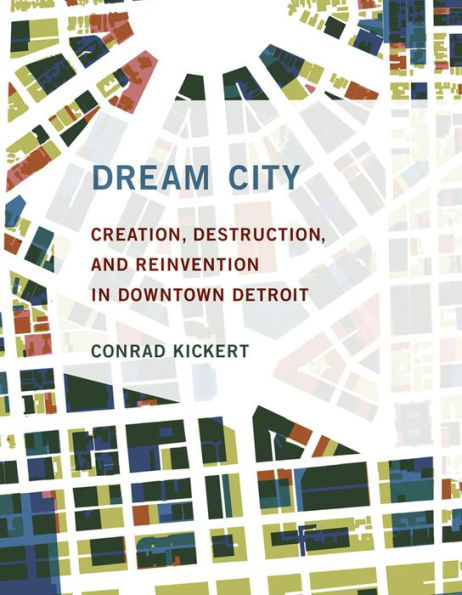From the Publisher
“Icon of industrial America during the first half of the twentieth century, Detroit is poised as archetype of urban reinvention during the first half of the twenty-first. With meticulous research and persuasive insights, Conrad Kickert outlines how this will unfold, and how it should inspire other American cities on their road from postindustrial decline."
—
Alex Krieger, Professor of Urban Design, Harvard Graduate School of Design
“This meticulously researched book brings to light an important piece of Detroit's complex history. Kickert puts together the puzzle, revealing the relentless cycles of demolition and rebuilding that took place in Detroit's city center since the 1910s. Through doing so, he brings another face to what has commonly been cast as the abandonment of the traditional city. I will leave it to the reader to discover this other, illuminating face. Suffice it to say that this new history of downtown Detroit sheds much light on city building practices in the New World.”
—
Anne Vernez Moudon, Emerita Professor of Urban Design and Planning, University of Washington
“This book is an eye-opener: Conrad Kicker&tacute;s breathtaking maps demonstrate how important small-scale urban structure is for the healthy functioning of urban neighborhoods. As special as the case of Detroit may be, this seems to be true for all cities.”
—
Wolfgang Sonne, Professor of Architecture, TU Dortmund, Germany; Scientific Director, Architecture Archive NRW (Dortmund); and author of
Urbanity and Density in 20th-Century Urban Design



